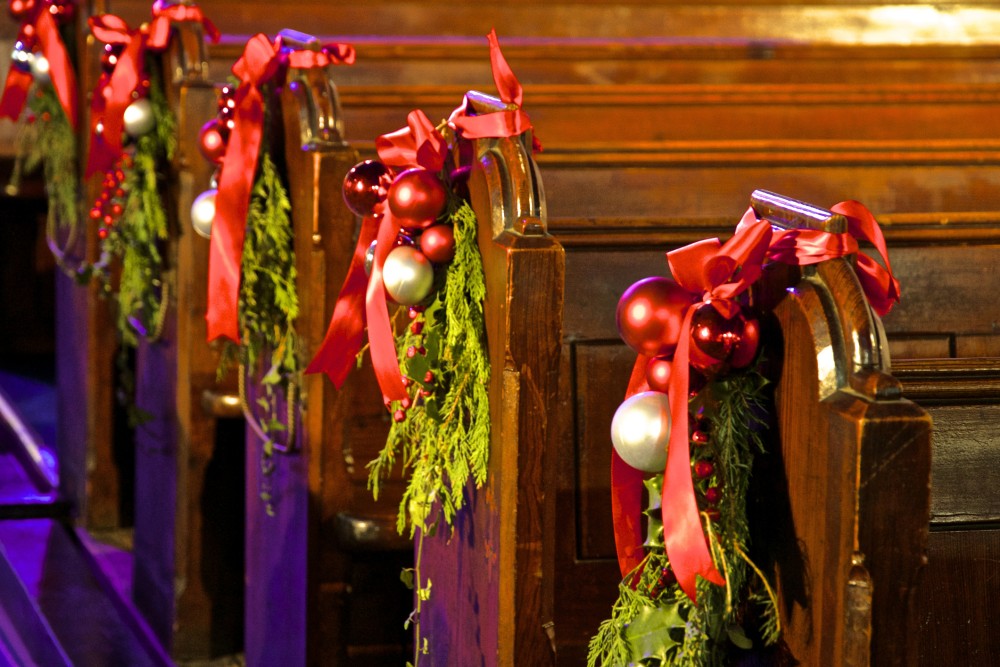Why my church stopped decking the halls
A new family skipped a lot of our holiday activities—and got me thinking.

“We don’t celebrate Christmas.” I was visiting Michael and Pam, who along with their children had begun attending my congregation. After asking them to tell me about themselves, they offered this startling statement. Aside from meeting Jehovah’s Witnesses, I had never encountered Christians who did not celebrate Christmas.
“What do you mean?”
Michael and Pam said that they and their children did not go to Christmas parties, decorate Christmas trees, sing holiday songs, perpetuate the Santa myth, or exchange gifts.




